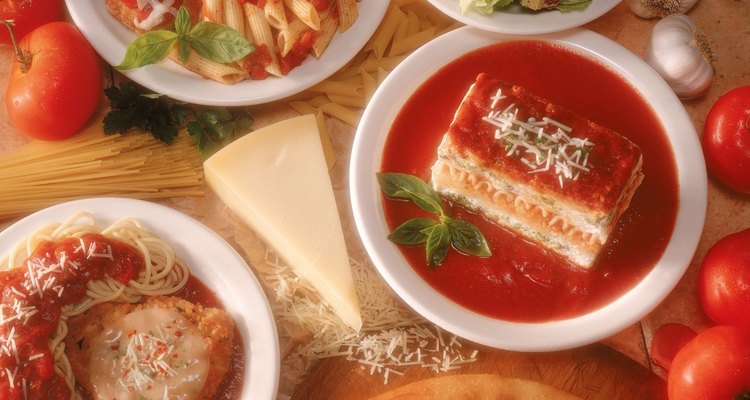
Breading a piece of meat, fish or poultry offers several benefits to savvy cooks. It stretches your budget by making each piece larger and more filling, and the crumbs give the surface a beautiful golden color and a rich, toasty flavor. The crumbs also form a crisp crust, providing a pleasing textural contrast. In dishes such as chicken Parmesan, the crumbs are often held in place by eggs. But if you're short of eggs -- or coping with an egg allergy -- there are alternatives.
How Breading Works
It's possible to bread a piece of meat or poultry simply by pressing crumbs to its surface, where the meat's natural moisture will hold it in place. In practice, that's seldom a satisfactory solution because the breadcrumbs quickly absorb the modest amount of moisture available, and promptly fall off when you try to cook the portions of meat. A better solution is to dip the meat or chicken in a suitable liquid, then dredge it in the breadcrumbs. Eggs are commonly used for this purpose.
Eggs and Breading
Whole beaten eggs, or beaten egg whites for a lower-calorie version, work very well as an adhesive for breadcrumbs in chicken Parmesan and other recipes. The liquid content of the egg softens and moistens the crumbs, forming a uniform crust. The protein in the eggs also plays an important role in helping the crumbs adhere to the chicken. When the food hits your hot skillet, the egg proteins quickly set to a firm texture. This keeps the crumbs on the chicken, where they belong.
Three-Stage Breading
One alternative is to use the traditional three-stage breading technique. Dredge your chicken pieces in flour and shake off the excess. Then dip them in a shallow bowl of milk. The milk and flour form a paste, which clings to the chicken and creates a sticky surface. Dip the chicken firmly into the breadcrumbs to make an even crust. Refrigerating the chicken pieces for a half-hour after breading them will help form a better crust, ensuring that the crumb coat stays on when it's cooked. As with eggs, the starches and proteins in the milk and flour will cook first in the skillet's heat and hold the crumbs in place.
Other Alternatives
Brushing your chicken with melted butter or olive oil will help the crumbs adhere, but they'll tend to come off in patches when you turn the chicken. If you use that technique, bake the chicken pieces instead. Alternatively you can brush or spread your chicken pieces with mayonnaise, sour cream or plain yogurt. These can't be absorbed quickly by the crumbs, so they're more effective at holding the coating in place. They also contain enough protein to help secure the crumbs to the chicken. If you're using substitutes because of an egg allergy, avoid mayonnaise unless it's an eggless vegan brand.
Related Articles

Can You Substitute Anything for Egg Dip ...
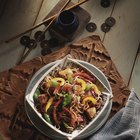
How to Cook Chicken Chunks in a Skillet

How to Broil Chicken on the Bone
How to Cook Boneless Skinless Chicken ...

How to Use Panko
How to Cook Chicken Pieces in an ...

How to Bake Crispy Battered Chicken

Can You Deep-Fry Frozen Uncooked Shrimp?

How to Make Blackened Chicken
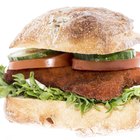
How to Cook Chicken Schnitzel
Does Milk Help Tenderize Chicken?

If Chicken Smells Bad Can You Still ...

How to Fry Shrimp With Potato Starch
How To Make Gluten Free Chicken Pot Pie
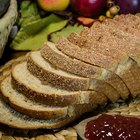
How to Substitute Wheat Germ for Flour

What Are the Functions of Keratin?
Roast Chicken in Enameled Cast Iron

How to Make Breading Stick to Meat ...
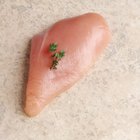
How to Preserve Chicken

How to Cook a Thin Breaded Chicken ...
References
- On Food and Cooking: The Science and Lore of the Kitchen; Harold McGee
- Professional Cooking; Wayne Gisslen
Writer Bio
Fred Decker is a trained chef and prolific freelance writer. In previous careers, he sold insurance and mutual funds, and was a longtime retailer. He was educated at Memorial University of Newfoundland and the Northern Alberta Institute of Technology. His articles have appeared on numerous home and garden sites including GoneOutdoors, TheNest and eHow.
Photo Credits
Jupiterimages/Comstock/Getty Images